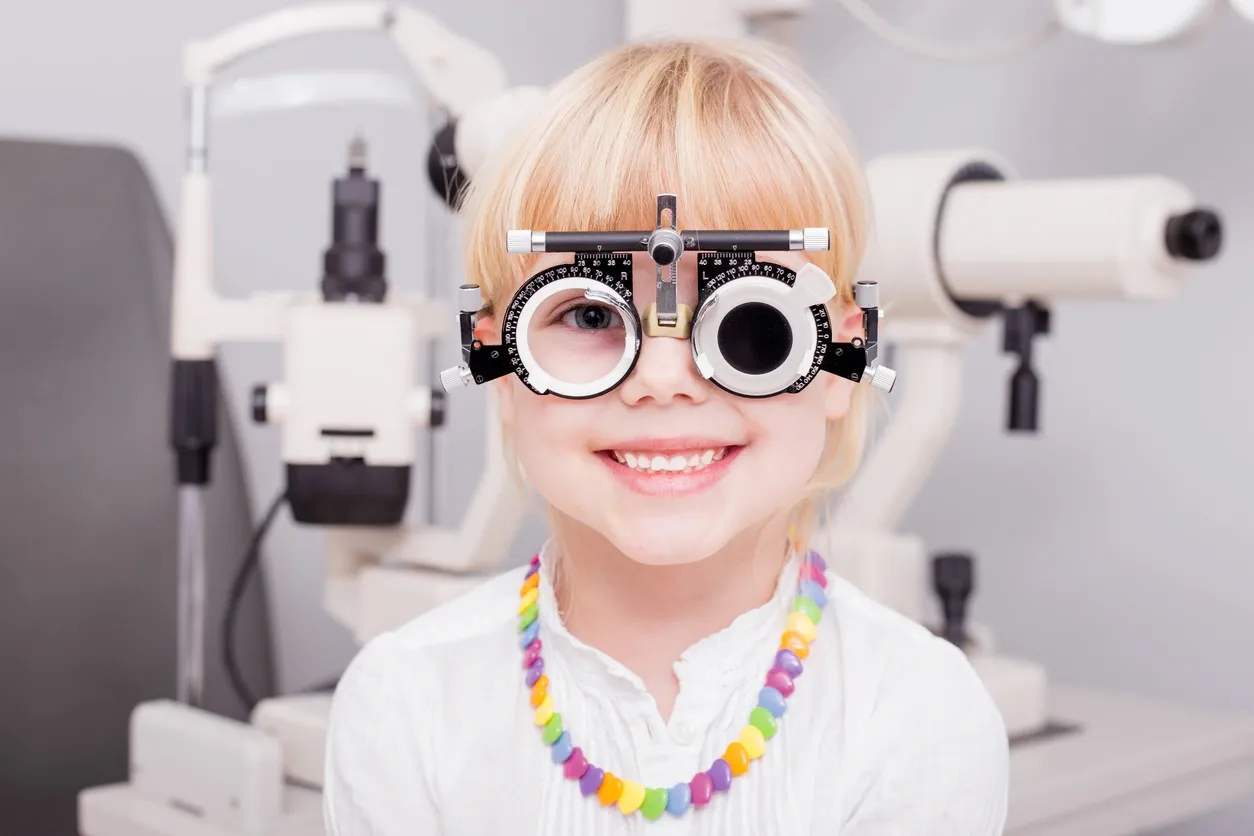Introduction: As parents, we strive to ensure the well-being of our children, especially when it comes to their health. One common eye condition that can affect children is astigmatism. Astigmatism refers to a refractive error that affects the way light enters the eye, resulting in blurred or distorted vision. In this blog post, we will explore the causes of astigmatism in children, discuss available treatments, and provide useful tips on preventing an increase in glass power.
- Causes of Astigmatism in Children: Astigmatism can be present at birth or develop during early childhood. The following factors can contribute to the development of astigmatism in children:
a) Genetics: A family history of astigmatism increases the likelihood of a child developing the condition.
b) Abnormal cornea shape: Astigmatism occurs when the cornea or lens of the eye has an irregular shape, preventing light from focusing properly on the retina.
c) Eye injury or surgery: Trauma to the eye or certain eye surgeries can cause astigmatism. d) Eye conditions: Conditions such as keratoconus or corneal scarring can lead to astigmatism.
- Treatment Options for Astigmatism in Children: Fortunately, astigmatism in children can be effectively managed with appropriate treatment. The following treatment options are commonly recommended:
a) Eyeglasses: Prescription glasses can help correct the refractive error and provide clear vision.
b) Contact lenses: For older children and teenagers, contact lenses may be an alternative to glasses. Consult an eye care professional to determine the suitability and safety of contact lenses for your child.
c) Orthokeratology: Also known as ortho-k, this non-surgical treatment involves wearing specially designed contact lenses overnight to reshape the cornea. The effect is temporary, but it can provide clear vision during the day without the need for glasses or lenses.
d) Refractive surgery: In some cases, refractive surgery may be considered for older children or teenagers. However, this option is typically reserved for cases of severe astigmatism that cannot be effectively managed with other treatments.
How to prevent the increasing glass power?
- Preventing an Increase in Glass Power: While astigmatism may not be completely preventable, there are steps parents can take to minimize the increase in glass power over time:
a) Regular eye examinations: Schedule routine eye exams for your child, starting from an early age. Early detection of astigmatism can lead to timely treatment and better management.
b) Limit screen time: Excessive screen time can strain the eyes and potentially worsen astigmatism. Encourage breaks from screens, and ensure that your child maintains a healthy balance between screen activities and outdoor play.
c) Adequate lighting: Ensure proper lighting when your child is reading, writing, or engaging in other visually demanding activities. Insufficient lighting can strain the eyes and contribute to worsening vision.
d) Eye-healthy diet: Provide a well-balanced diet rich in fruits, vegetables, and omega-3 fatty acids, as they promote overall eye health.
Conclusion: Astigmatism in children can be effectively managed with the right treatment and preventive measures. Regular eye check-ups, early intervention, and a healthy lifestyle play a crucial role in maintaining good vision and preventing the increase in glass power. By being proactive and attentive to your child’s eye health, you can help ensure that they enjoy a clear and bright future.
Remember, if you have any concerns about your child’s eyesight or suspect they may have astigmatism, it is always best to consult an eye care professional for a comprehensive evaluation and appropriate guidance.



